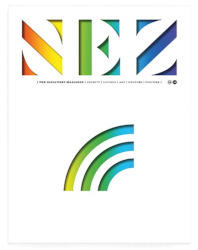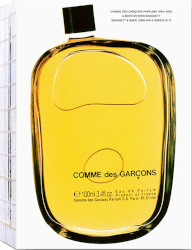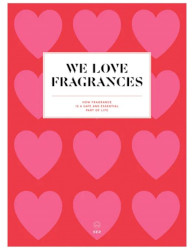
Issue 18 of Nez is out: "Whether on packaging, in bottles, nature or our brain, can we smell it in Technicolor? In this latest edition of Nez, titled The Color of Smells, the relationship between color and odor is explored from all perspectives for a fascinating look into the connections between the visual world and the olfactive one. Nez invites us to explore the world via our sense of smell, adopting a novel approach that encompasses art, literature, photography, science, history, gastronomy and perfumery to illustrate the essential role that olfaction plays in our lives." 160 pages, $39 at Luckyscent.

